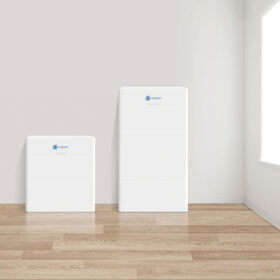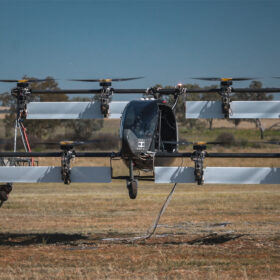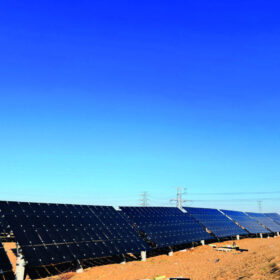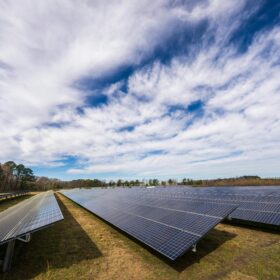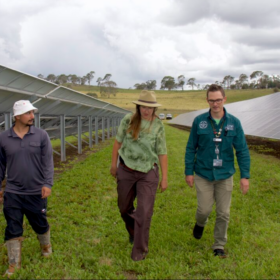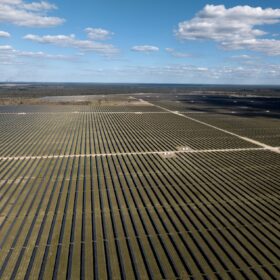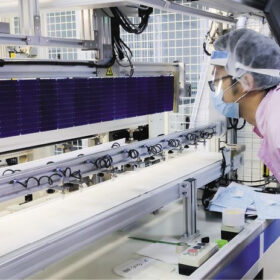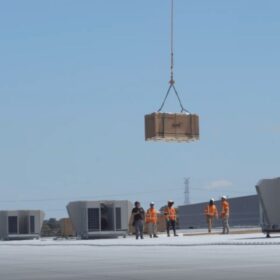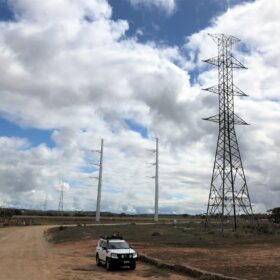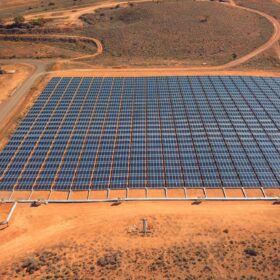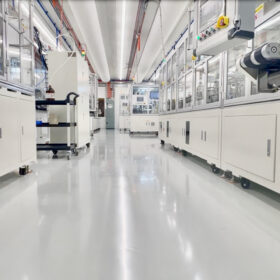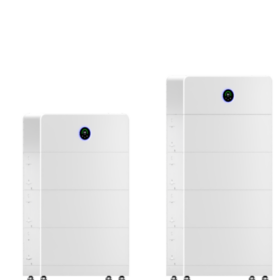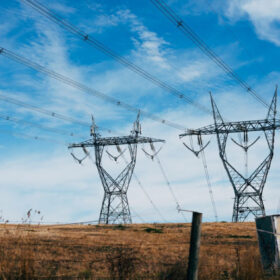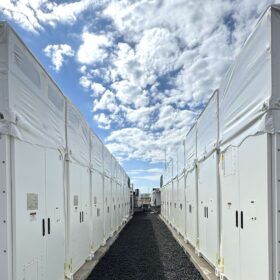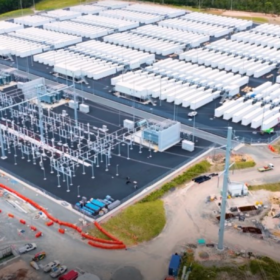Leapton Energy launches 20.48 kWh residential battery
Japan’s Leapton Energy has developed a 20.48 kWh residential battery energy storage system featuring storage capacities starting at 5.12 kWh, utilising lithium iron phosphate technology.
Hydrogen power spreads its wings with vertical take-off and landing aircraft
Decarbonising the transport sector has taken to the skies thanks to Australian zero emission aircraft designer and manufacturer AMSL Aero, which is testing its hybrid electric hydrogen powered vertical take-off and landing (VTOL) aircraft in central western NSW.
Weekend read: Perovskites move into production
Perovskites remain a great hope for the future of the solar industry, once the possibilities of tunnel oxide passivated contact (TOPCon) and heterojunction PV have been exhausted. A look at the latest perovskite research shows that industry optimism is built on a strong foundation.
Registrations open for 6 GW renewable energy tender
Registration is now open for the first national tender in the Australian government’s Capacity Investment Scheme that is seeking 32 GW of additional renewable energy generation and dispatchable storage capacity by 2030 to support the nation’s clean energy transition.
Guide plots path to enhanced land productivity on solar farms
A New South Wales community group has launched a guide it says provides a framework that will enable solar farms developers to improve biodiversity on project sites and build trust in neighbouring communities without compromising PV generation capacity.
Clean energy slump – why Australia’s renewables revolution is behind schedule, and how to fix it
For years, the electricity sector has been the poster child for emissions cuts in Australia. The sector achieved a stunning 26% drop in emissions over the past 15 years, while other sectors have hardly budged. The share of renewable energy has gone from 7.5% to more than 30% in that time.
China’s solar dominance set to continue amid price slide
With solar module oversupply triggering a price freefall in 2023 and no recovery in sight, market consolidation, inventory pile-up, technology shifts, and challenges to reshoring PV manufacturing are set to affect all levels of the solar supply chain.
Helicopter does heavy lifting for 1.75 MW rooftop solar install
Access issues and time constraints prompted the developers of a 1.75 MW PV system that now sits atop an industrial warehouse in western Sydney to employ a helicopter to lift the thousands of solar panels onto the roof.
AEMC aims to plug gap with ring-fencing rule for grid connections
The Australian Energy Market Commission has published a new ring-fencing rule for transmission network companies as it seeks to boost competition for grid connection services and speed up the deployment of new solar, wind and battery projects.
South Australian teams with California on clean energy ambitions
The South Australian and California state governments have signed an historic agreement that will see them work together on advancing the clean energy transition and the integration of renewable energies, including green hydrogen, into their respective grids.
